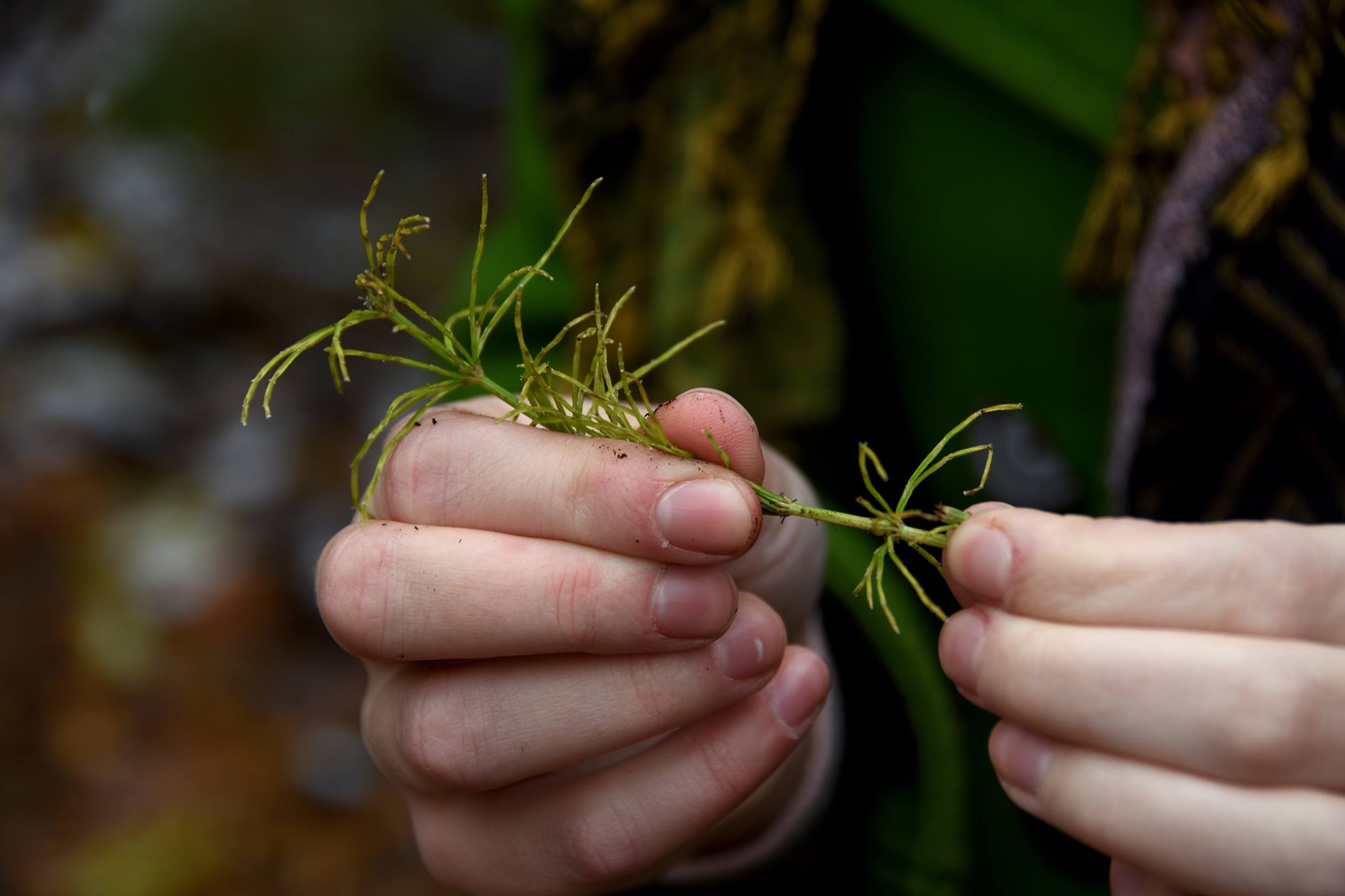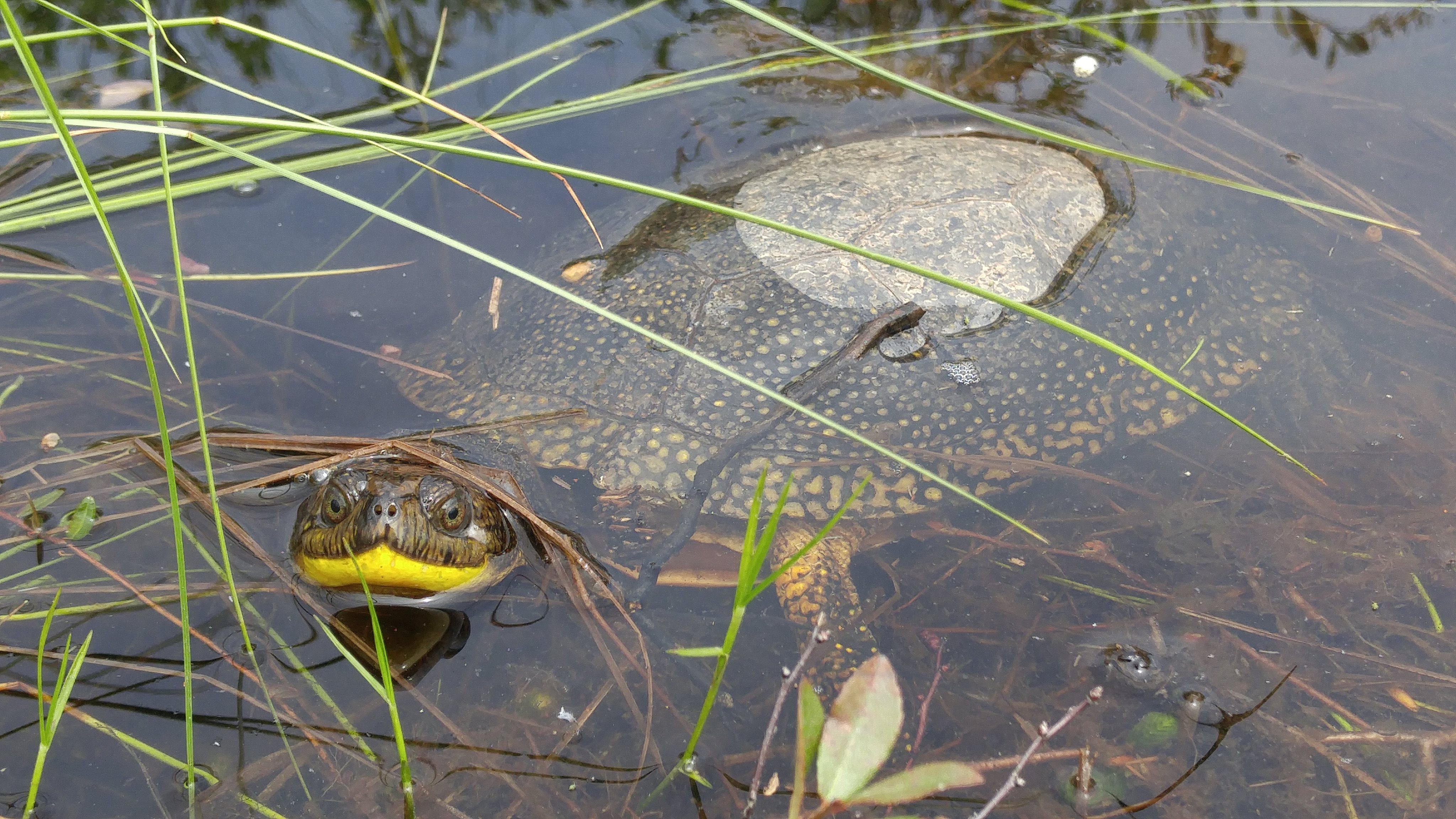1. The Birds and the Bees
The male honeybee, commonly known as a drone, is alive for one primary function; to mate with the virgin queen bee. The queen bee typically mates with multiple drone bees to ensure that the off-spring are genetically diverse. After the drone bee mates with the queen bee, their endophallus explodes and the drone bee drops to an unfortunate death. Unlike residence ‘floor-cest’, the more incest the better for the bee community!
2. Talk about timing!!!
Imagine “that time of the month” was “that time of the year”! Some species, like female giant pandas are monoestrous, a term used to describe females that only have one menstrual cycle per year. Therefore, the female panda wants to only mate with the male panda for a couple of days in the year.
3. Male and female ducks have reproductive organs that are much more complicated than those of humans. Male ducks have phalluses that are cork-screwed in shape, and if they are reproducing with females then it makes sense that the females have similar openings that accommodate the unique shape of the cork-screwed shaped phallus of the males. Lord love a duck.
4. Need to get your crush out of their shell? The painted turtle has probably one of the most romantic ways of finding a mate. The male will find a female and stroke their face, if the female turtle wants to reciprocate the feelings of the male, she will stroke him back.
5. Live Fast, Die Young
A type of marsupial mice, the Antechinus, goes out with a bang! Males stop producing sperm about one month before mating season so that when mating season begins he can mate with as many females as possible. Yup, you can’t unhear me. Each interaction can last up to 14 hours. After a mating season of 2-3 weeks, the males are completely exhausted and die from immune failure or other related complications.
6. Black widow spiders are a unique species in the sense that after they mate with each other, the female will sometimes eat the male. It has been theorized that this is due to sperm competition and fitness of the males that are mating. Or, because the males didn’t ask for their number.
7. University students aren’t the only ones that have high rates of STI’s. Koalas in Australia have been known to have high rates of Chlamydia that are killing off large numbers of these furry friends.
8. Chipmunks have a quicker gestation period than most mammals. After approximately 31 days, the females give birth to a litter of 2-6 chipmunks. The young are born without a coat- much like an average vil-goer who is walking home after a night out on the town.



